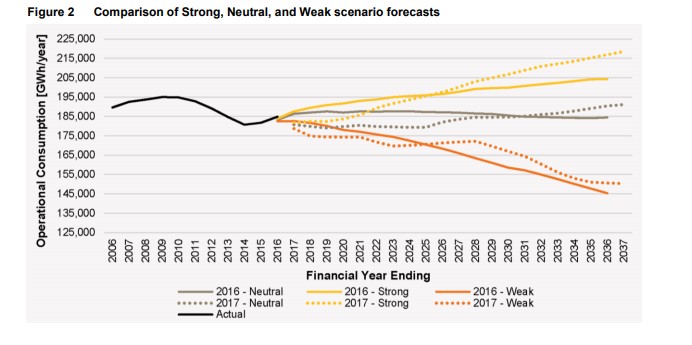The recently released Finkel Review is a review into the future of the National Electricity Market conducted by Dr Alan Finkel.
The Finkel Review’s proposed removal of the Large Scale Renewable Target (LRET) scheme by 2020 has created uncertainty for renewable energy generators and electricity consumers.
Summary
From 2020 Large Generation Certificates (LGC) demand will no longer be a driver for new investment into renewable energy. The scheme is likely to be replaced by an alternative scheme being either the Energy Intensity Scheme (EIS) or the Clean Energy Target (CET).
The current LRET scheme allocates certificates to renewable energy generators in a ratio of 1 LGC to 1 MWh of electricity. Electricity retailers are obliged to surrender 1 certificate for every MWh of electricity sold to consumers. Therefore, the demand for these certificates comes from the retailers and their obligations under the LRET scheme.
LGCs are sold through the open large-scale generation certificate market, where the price varies depending on supply and demand along with other market factors.
How does this affect LGC holders?
Since the release of the Finkel review the prices of LGCs have modestly increased as liable parties seek to purchase enough certificates to meet their obligations. In the long run, increased certificate prices are passed on to the consumer through increased electricity costs.
How does this affect existing renewable generators?
The recommendations in the Finkel review have created uncertainty for renewable generators’ future income streams and their requirements for electricity storage (i.e. batteries). Increased uncertainty results in higher operating costs and reduced investment. This uncertainty will continue until the Federal Government implements a clear policy. It is also likely to result in stagnation within the industry.
How does this affect planned renewable generators?
Investors are likely to have one of two perspectives after they read the Finkel review. The first is that Australia will adopt either the EIS or CET scheme and is 100% committed to reducing emissions through the introduction of renewable generation and the phasing out of coal power. This perspective is encouraging for investors and they are likely to rely on the electricity price forecasts and benefits from the Finkel review to support their investment decision. For international investors, who have a limited understanding of the National Electricity Market this is an appealing investment and we have already seen increased enquiry rates.
The second perspective is that the assumptions used in the Finkel review modelling are unlikely to hold and that implementation of either EIS or the CET scheme will not produce the price forecast described in the report. If investors take this perspective they are unlikely to invest anytime soon. This perspective is shared by many existing industry participants.
The period between now and when the Federal Government makes a firm commitment to a scheme is likely to result in volatile LGC pricing and stagnation in investment.

